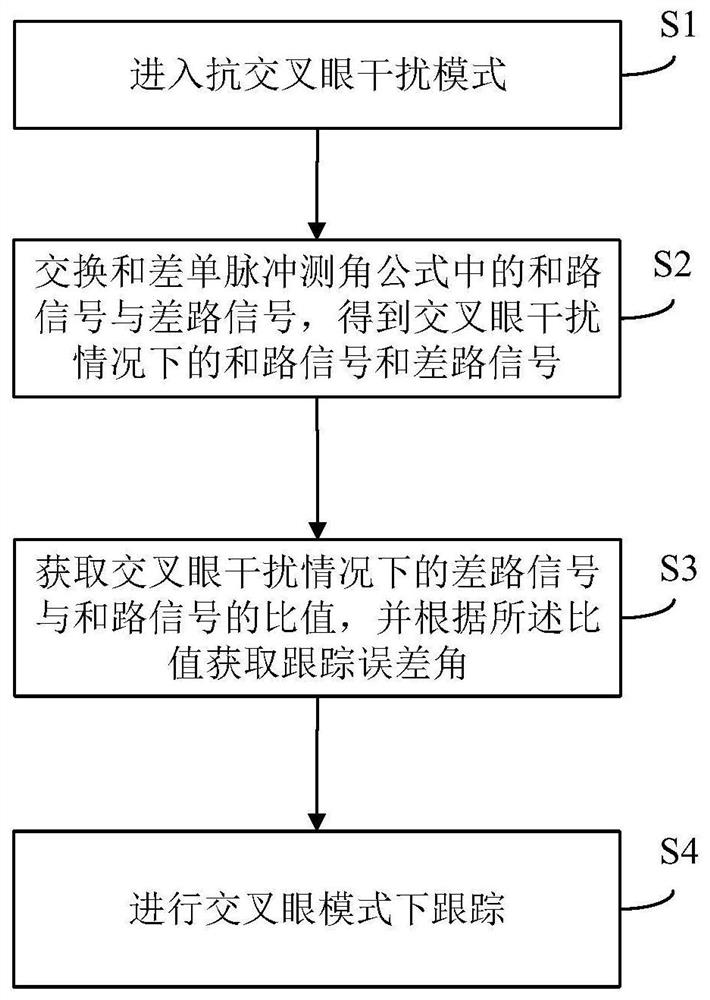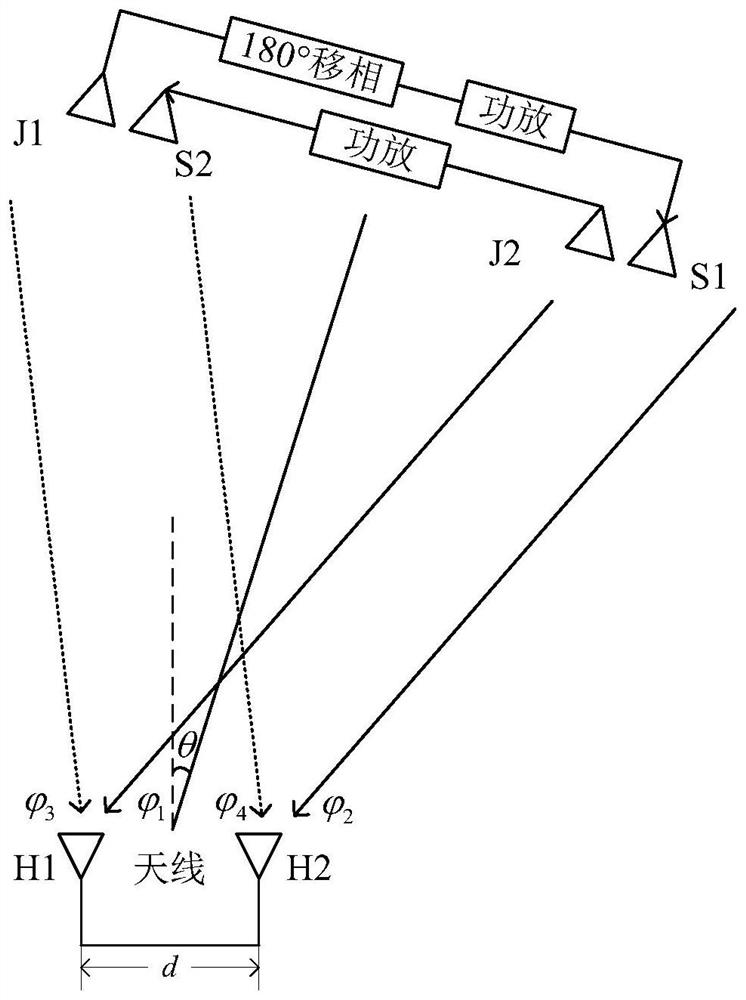Cross-eye interference countermeasure based on inverse monopulse
An anti-interference and cross-eye technology, applied in radio wave measurement systems, instruments, etc., can solve problems such as abnormal power ratio between sum signal and differential signal, tracking angle error data deviates from target angular position, etc., to achieve accurate tracking and measurement Corner, the effect of improving the ability to resist "cross-eyed" interference
- Summary
- Abstract
- Description
- Claims
- Application Information
AI Technical Summary
Problems solved by technology
Method used
Image
Examples
Embodiment Construction
[0030] Attached to the following Figures 1 to 3 A method for countering cross-eye interference based on inverse monopulse proposed by the present invention will be further described in detail with the specific embodiments. The advantages and features of the present invention will become more apparent from the following description. It should be noted that the accompanying drawings are in a very simplified form and all use inaccurate scales, and are only used to facilitate and clearly assist the purpose of explaining the embodiments of the present invention. For the purpose, features and advantages of the present invention to be more clearly understood, please refer to the accompanying drawings. It should be noted that the structures, proportions, sizes, etc. shown in the drawings in this specification are only used to cooperate with the contents disclosed in the specification, so as to be understood and read by those who are familiar with the technology, and are not used to ...
PUM
 Login to View More
Login to View More Abstract
Description
Claims
Application Information
 Login to View More
Login to View More - R&D
- Intellectual Property
- Life Sciences
- Materials
- Tech Scout
- Unparalleled Data Quality
- Higher Quality Content
- 60% Fewer Hallucinations
Browse by: Latest US Patents, China's latest patents, Technical Efficacy Thesaurus, Application Domain, Technology Topic, Popular Technical Reports.
© 2025 PatSnap. All rights reserved.Legal|Privacy policy|Modern Slavery Act Transparency Statement|Sitemap|About US| Contact US: help@patsnap.com



